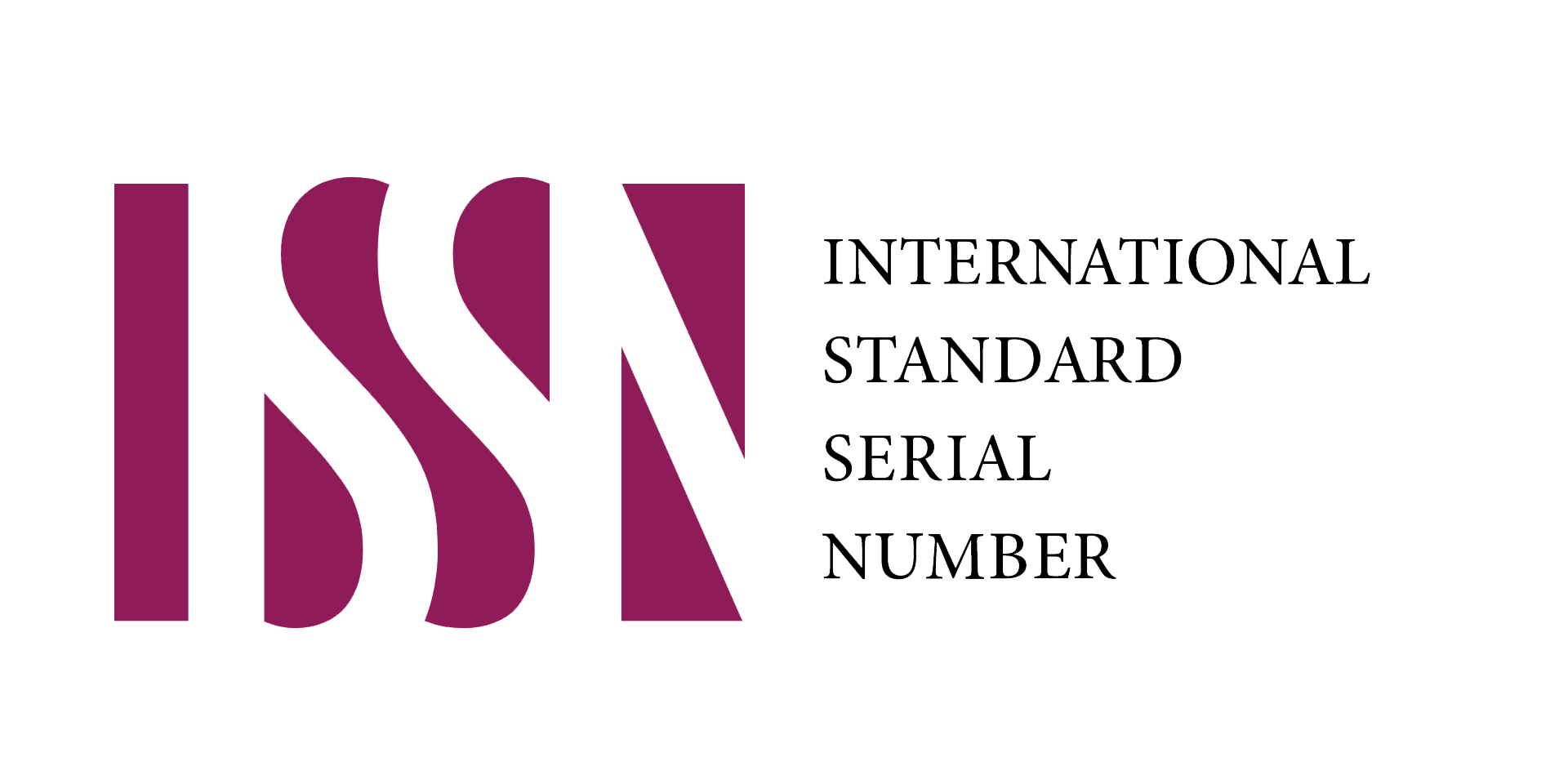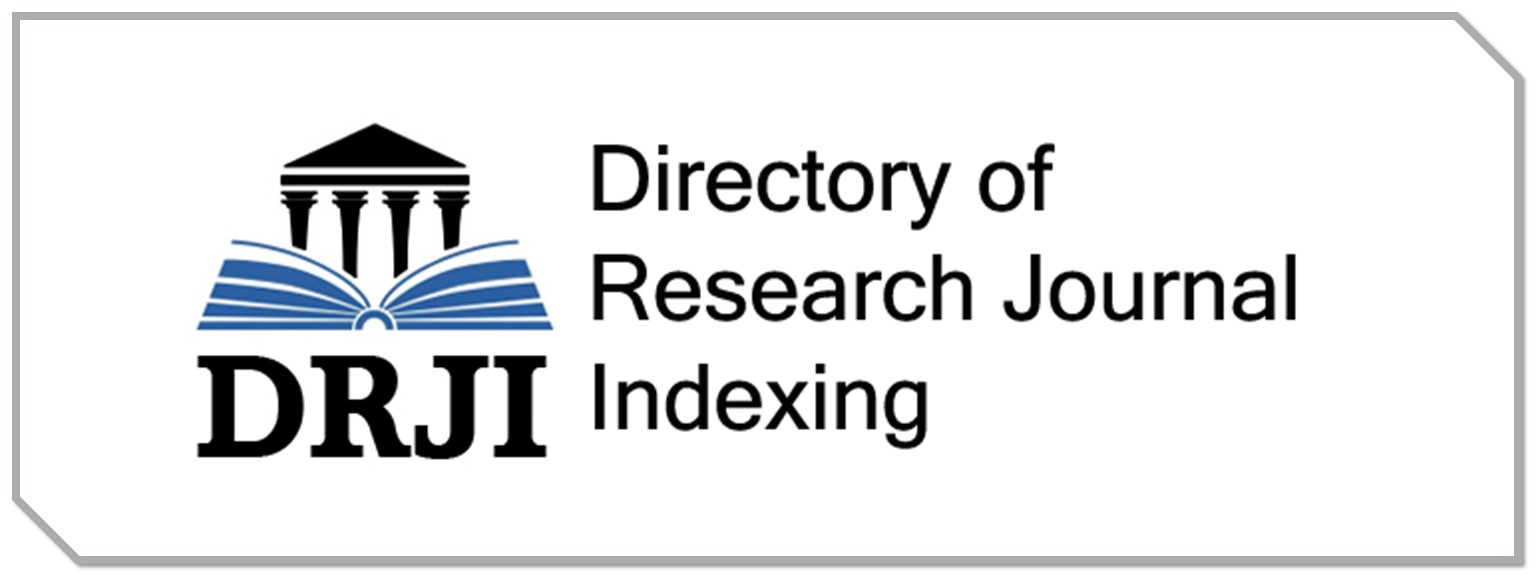Translation of Neologisms in Global Communication
Keywords:
neologisms, cross-cultural communication, translation strategiesAbstract
This article examines the complex and multifaceted process of translating neologisms across linguistic and cultural boundaries, with a particular focus on English-Uzbek and English-Russian examples. This article examines the complex and multifaceted process of translating neologisms across linguistic and cultural boundaries, with a particular focus on English-Uzbek and English-Russian examples. The research identifies twelve major categories of neologisms, including old words with new meanings, new coinages, derived words, abbreviations, collocations, eponyms, phrasal words, transferred words, acronyms, and pseudo-neologisms, and examines the various translation strategies that can be used. It provides this issue by drawing on theoretical insights from translation studies as well as real-world examples. When deciding between transference, functional equivalents, and creative reformation, the essay emphasizes the significance of context, audience, and linguistic structure. In the end, it makes the case for an appropriate and knowledgeable method of translating neologisms that takes into consideration both cultural relevance and semantic integrity.










